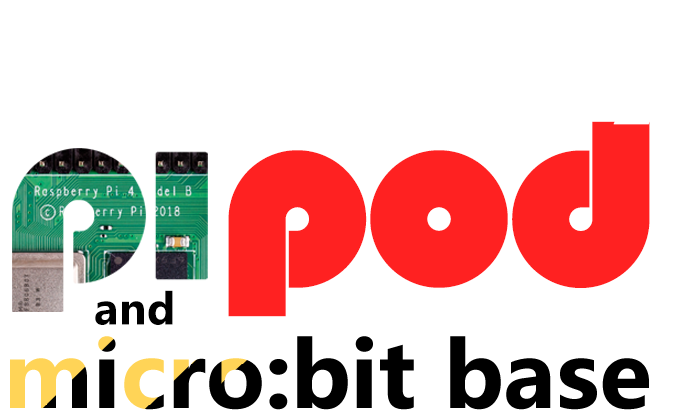Over on the Mcpipy blog, there is confirmation that you can connect together Minecraft for Raspberry Pi and Minecraft Pocket Edition as long as they’re on the same LAN. There are instructions on how to do this (they are very simple) and pics of it in action.
It’s still a pity that you can’t connect to mainstream servers, but it’s nice to be able to do this, even if it is only on your local network.
Minecraft Pocket Edition is available for £4.99 on Android and $6.99 on iOS (so they’re about the same price, it’s just that the Android store picks up on your location!) So, a little bit of expense to try it out, but one would imagine great fun for families.






 A couple of weeks ago,
A couple of weeks ago,